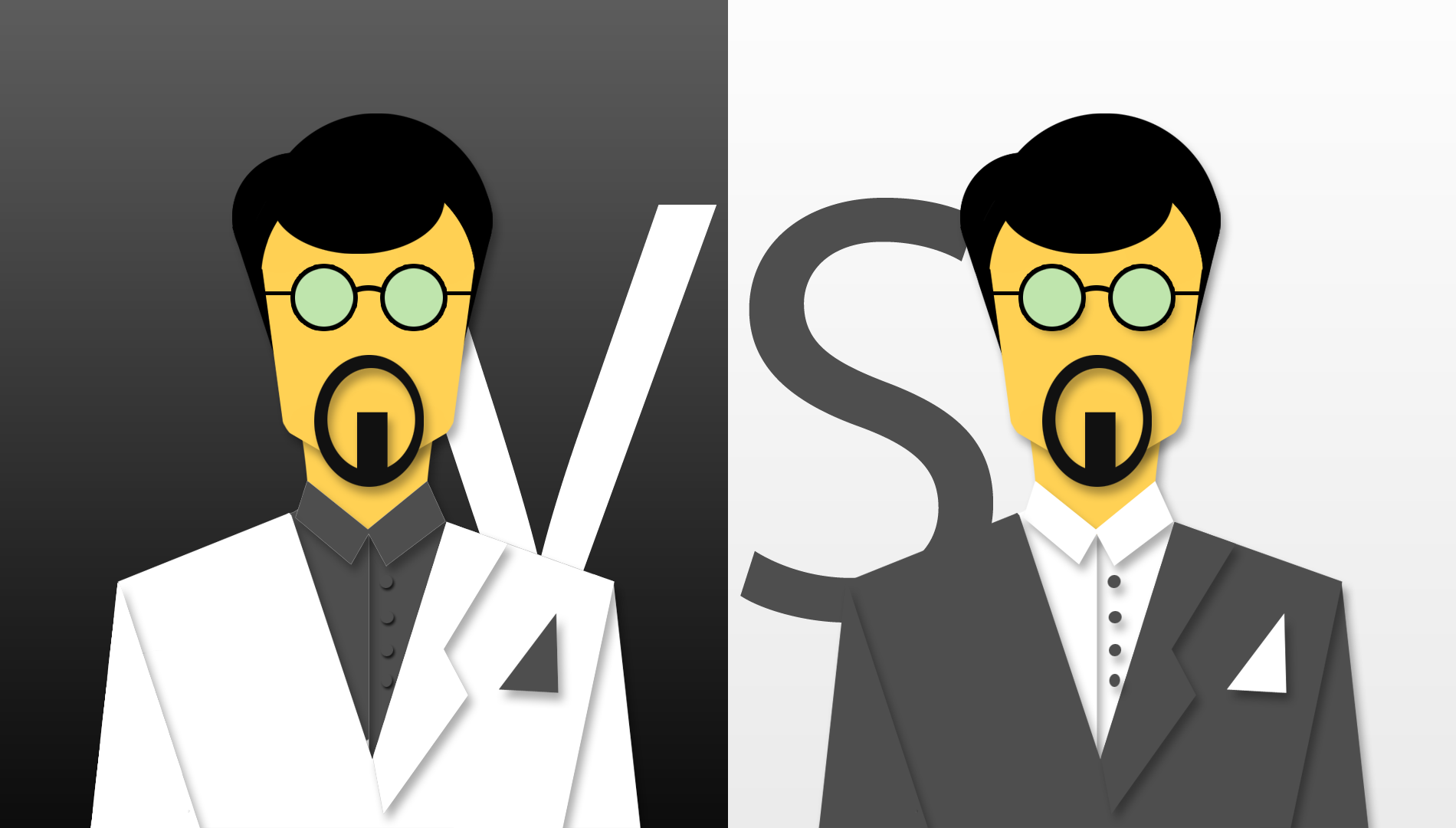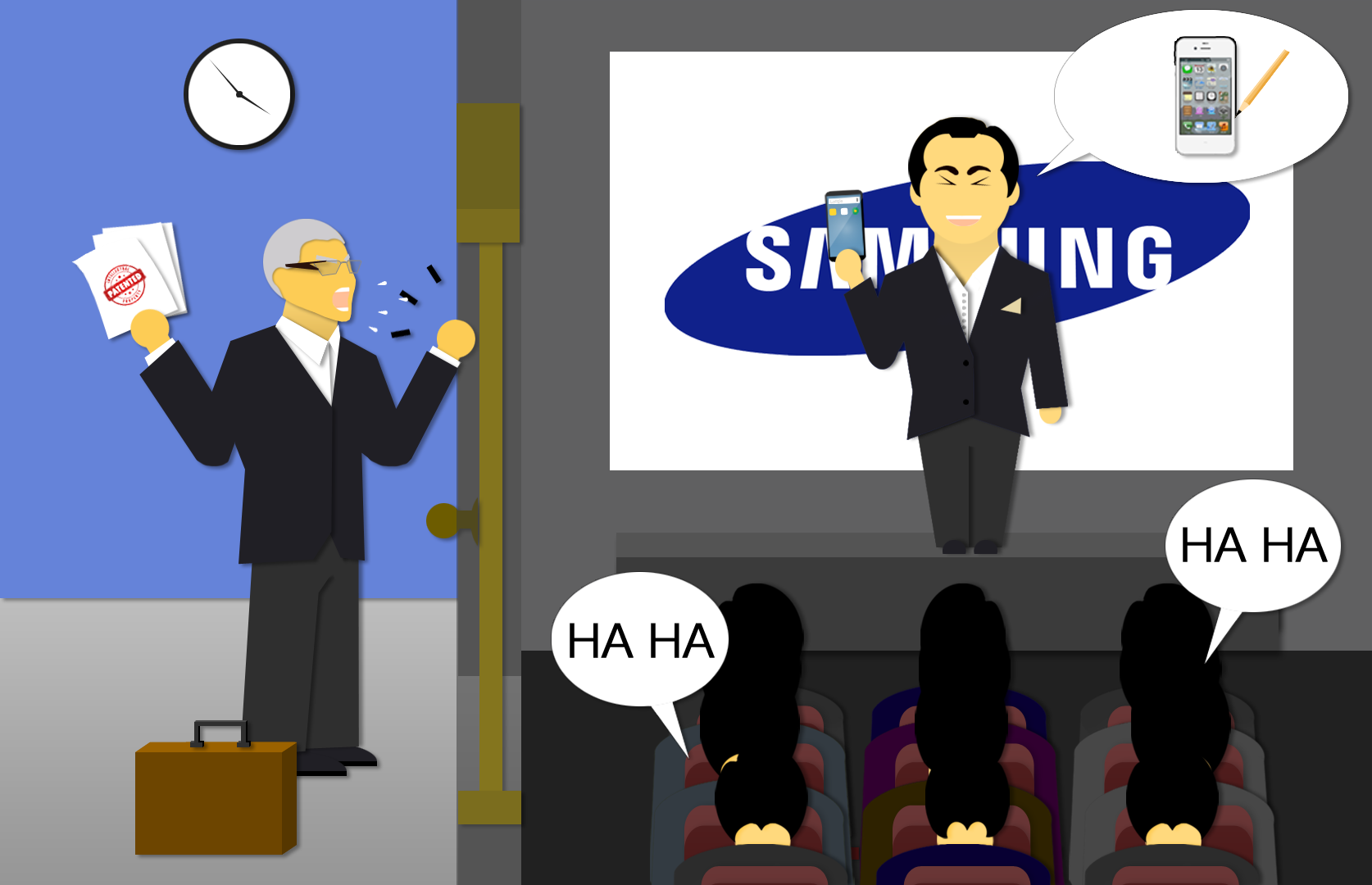Competitor analysis. How not to make a mistake

So let's start from afar. What is a competitor?
<Wikipedia> A person, business or organization competing in any field, in any activity with another, a rival </ wikipedia>
In reality, a competitor is one who, if possible, steals your ideas, spoils your project in an advertising campaign and does all the nastiness possible that you can think of. Yes, roughly, of course, but this is the bitter truth. The one who will not do all this is not a competitor. Such a team can be called "a friendly company with similar ideas." Such teams often maintain very warm relations, cooperate and carry out some joint actions to achieve common goals.
Example:
The war of the South Korean brand "* amsung" and the brand of the United States "* pple".
After reading the articles about this confrontation, you can summarize: the former seek to prick an opponent as sharply as possible in their promotional videos, and the latter fall asleep the enemy with lawsuits, like bombs. With your own eyes, you can see everything in the spoiler.
about war"

Already big, and all as children, as they say. In the case of lawsuits, everything else went wrong, but with the video on the second link it looks silly. After all, the charm of commercials in the frank mockery of a competitor, and not in the demonstration of a truly remarkable functionality.
')
“To penetrate the already established market, you need to do everything 30% better and 30% cheaper.”
Konosuke Matsushita.
Errors in the analysis of competitors and the development of ideas allow many young teams. VKuznetsova in his article “7.5 startup mistakes. Mistake number 2: My startup is UBER for ... or why I cannot describe my startup with one phrase? ” Partially covered this topic, but by attracting investors. We will try to examine this error in more detail from the very idea itself, more fundamentally, if you wish.

Most startups are charged with the good idea of a large “X” application, inventing one or more extensions for it, and producing the same “X” application for only a certain category of people. Let's call it - “Z”. At first glance, everything is normal, this is the market, all people in this category need their own “X”. Blindly believing in the development of their ideas, start-ups make a big mistake - they do not take into account the minuses of the prototype “X” the actual clone of which is their brainchild. The “X” program has its own series of minuses, the minuses can be very different from the incorrect operation of the application to an error in the very idea of the service. In a large team of the “X” application, there is a whole detachment of developers who will fix it if they are not already processing the concept. In a small power group, the correction may not be enough. Why? - you ask. The answer is simple - a small team did not study the negative side of the project, but simply started creating a clone.
So, what to do with a competitor, so as not to look stupid in the eyes of people?
First, the competitor must be studied. Thoroughly, as if you are working there yourself, and try to predict the future of the company, possible innovations and everything that could be a plus for you.
The second thing to do is to understand what you can.
1) It is necessary to do work better than the competitor
2) It is necessary to show a direct advantage to the end user.
The term “direct advantage” means not the stability of the server, not the perfection of client-side design, but what will be tangible for the user. For example, a nice interface, low cost (as Matsushita said), a set of features that a competitor does not have. That is, your product must necessarily take into account the experience of the "older generation" and contain all the necessary corrections. This will qualitatively distinguish you from a competitor - this is the first. Expanding the functionality for a certain circle of users you occupy a niche in which perhaps there is no one - this is the second. Next, you need to keep your niche. When the situation stabilizes and you have the number of regular users, you can start to look at the market dominated by the competitor.
Conclusion
If you are not a discoverer in your niche, you will find a thorny path of consumer conquest. Much work remains to be done to entice users from competitors.
Source: https://habr.com/ru/post/295812/
All Articles